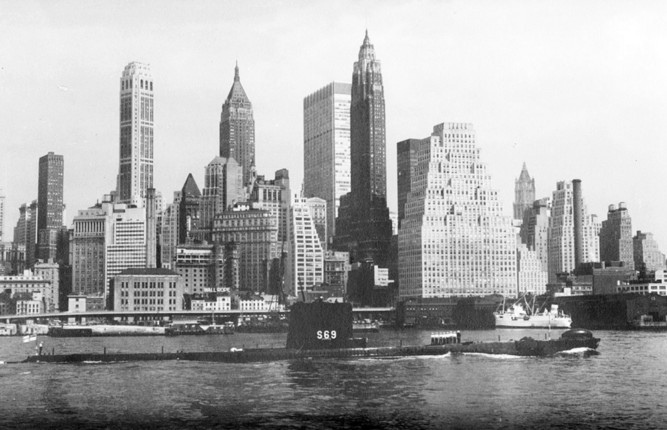Sniffy Torontonians have apparently adopted the NYC snobs’ favourite term for out-of-towners:
Not satisfied by the socioeconomic barriers to fine dining, downtown gourmands imagine any behaviour not matching their arbitrary standards of etiquette to be uncouth, going so far as to label outsiders to their tribe with a distinct pejorative: “the bridge-and-tunnel crowd.”
Originally a derisive description for commuters to Manhattan (the earliest known instance of its use is found in the December 13th, 1977 edition of the New York Times), the term has been adopted by the inhabitants of urban centres across North America to further alienate outsiders. In Toronto, it is used interchangeably with “905er,” a reference to the common area code for the suburbs surrounding the city.
To fully grasp the classism and snobbishness inherent in the term’s use, one is best advised to revisit an episode of the second season of The Sopranos, in which an annoying bar patron in Manhattan refers to the well-meaning, but simple-minded Christopher as a “bridge-and-tunnel boy.”
There is much sense, but little grace, to the formulation of such a descriptor. The self-absorbed downtown-dweller, you see, requires constant justification for their choice of domicile. The idea that one could escape the claustrophobic propinquity of the city and its higher cost of living while still enjoying its cultural amenities and nightlife on occasion is an affront – a threat that undermines not only the urbanite’s domestic decision-making, but to some extent, their very identity.
[…]
That an expectation of sustenance from ordering food at a restaurant would be scoffed at represents, at least on some level, a misappropriation of values. Oh, yes: It’s definitely the suburbanite who balks at the $35 plate of deconstructed spaghetti who is the fool. Believe it or not, you can live in a home with a dual car garage and still watch Chef’s Table on Netflix – and even understand why one might travel to Chicago to experience a meal at Alinea. However, if a chef is offering a Saturday night prix fixe, they’re probably not Grant Achatz.
Furthermore, it seems that if only one side of the urban versus suburban divide must be labelled ill-mannered, it should be the allotment who greets the other for an economic infusion in their service sector with disdainful mockery. The summer is littered with festivals and three- to five-course restaurant specials purposely constructed as an invitation for out-of-towners to come and open their wallets, and yet, the derisiveness projected toward them suggests a suffix should be attached to the Field of Dreams axiom: if you build it, they will come … for you to disparage them.




